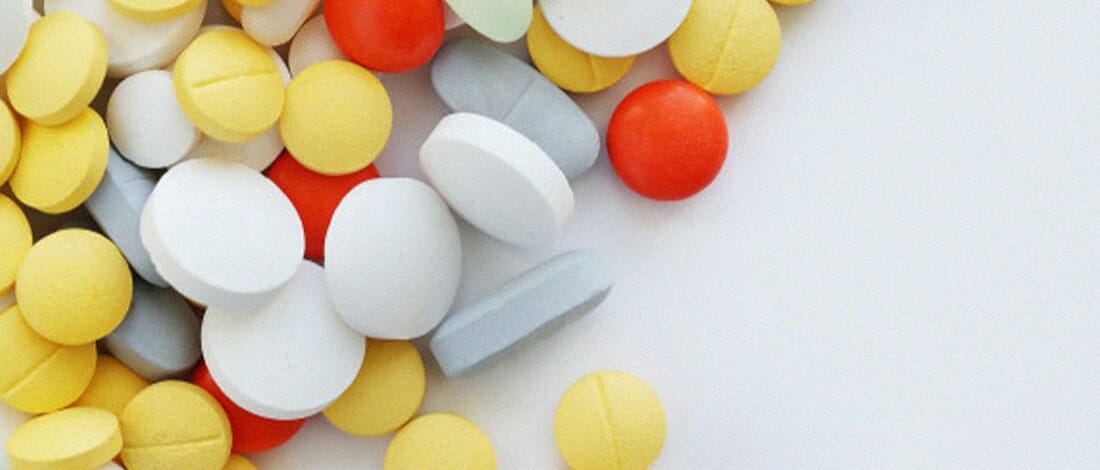

Stimulant medications are generally taken once or twice a day, but again, this will depend on the child's specific needs.Īlthough ADHD stimulants are the first line of treatment for ADHD, they also have unwanted side effects and possible risks. These neurotransmitters are important for regulating attention and impulse control.Īmphetamine medications, Dexedrine Spansule, Methylphenidate medications (Ritalin), and Adderall are considered common stimulants, and are the most widely prescribed. The negative to it being short acting is that the medication wears throughout the day.Īn ADHD stimulant medication works by increasing levels of the neurotransmitters dopamine and norepinephrine in the brain and central nervous system. They are also short acting, meaning there is an immediate release of the drug. That is because they are known to be the most effective in reducing symptoms of ADHD. The most commonly prescribed medications for ADHD are stimulant medications.

This article will introduce stimulant medications, non-stimulant medications, and antidepressants, which are all common medications used to treat children with ADHD. Therefore, not every child will react the same way to each medication. While one medication might work well with one child, it may differ from the next. There are a variety of medications that are prescribed for controlling ADHD symptoms and each come with their own benefits, side effects, and risks. ADHD is characterized by symptoms such as impulsivity, hyperactivity, and difficulty paying attention.
#NON STIMULANT ADD MEDS DOWNLOAD#
Download App Types of Medications for Attention Deficit Hyperactivity Disorder (ADHD)Īttention Deficit Hyperactivity Disorder (ADHD) is a neurodevelopment disorder that can affect both children and adults.


 0 kommentar(er)
0 kommentar(er)
